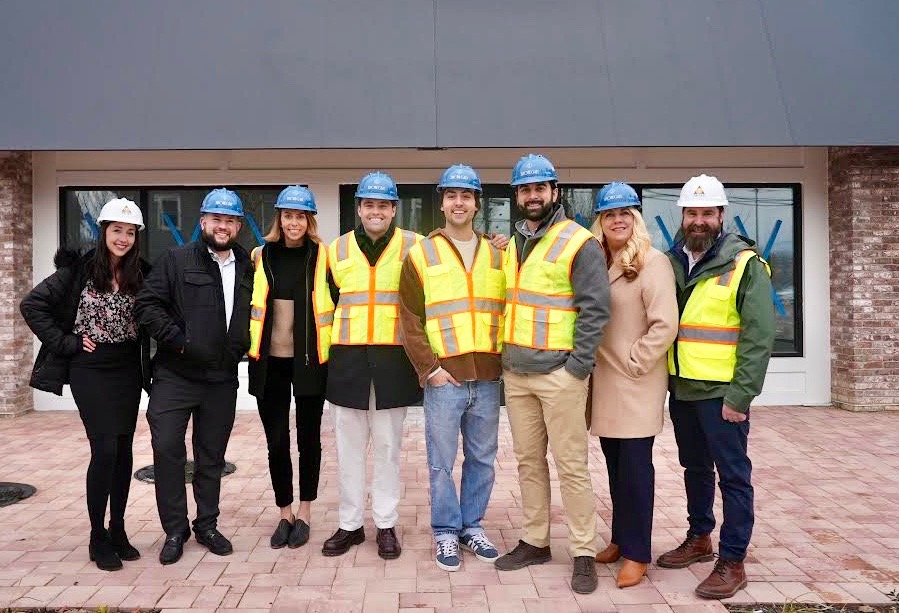
Greater Bay Shore coverage is funded in part by Shoregate, now leasing brand-new premium apartment homes in the heart of Bay Shore. Click here to schedule a tour.
Preserving a 31-mile stretch of pristine Fire Island beaches Long Islanders now think of as a birthright. The shared and implemented guiding idea of a nuclear-free Long Island. Community efforts to hold corporations responsible for environmental disasters.

This was heavy lifting. And all of it involved Irving Like at the forefront.
On Wednesday, Oct. 3, the environmental activist and health advocate died at the age of 93. He lived in Bay Shore.
Early in life, Like trained in the U.S. Army as a Russian interpreter. He went onto graduate Columbia Law School and soon moved to Long Island.
During his earlier years here, his brother-in-law, Maurice Barbash of Brightwaters, invited Like to explore Fire Island.
Shortly after a few years vacationing on the island, Like joined the fight to stop master builder Robert Moses’s plans of extending a four-lane parkway through the center of the island. This parkway would have caused irreversible damage to the ecosystem and destroyed established communities, and an entire way of life.
In a classic David versus Goliath story, Like and Barbash organized and successfully defeated the parkway proposal and won permanent preservation of the island as a National Seashore.
Building on the success of his fight against Moses, Like successfully put the brakes on implementing plans to transform Long Island to nuclear power, with NYC sucking off the grid as well.
His legal argument centered on Long Island Lighting Company being potentially “overextended on facing a disaster.” Years later, Like became one of the leading lawyers advocating for local Vietnam Veterans suffering from the long -term effects of Agent Orange exposer.
The outcome of his efforts — and those of a select few other lawyers — held the Monsanto and Dow Chemical companies responsible for sick veterans, which later became the groundwork of a $180 million settlement.
In his much later years, he fought tirelessly to have Fire Island join the ranks as a World Heritage Site. He argued that a World Heritage Site would maintain a balance of economic prosperity for Fire Island and its cross-bay downtowns by ferry lines, with additional protections from climate change and potential off shore drilling.
When asked if a World Heritage Site was realistic in the current political climate, Like would remark with a luminous smile and say, “Some battles are worth the losing fight.”
His lasting impacts on Long Island and Fire Island will be felt for generations upon generations to come.
Further reading on his landmark cases:
https://www.nytimes.com/1984/05/08/nyregion/veterans-accept-180-million-pact-on-agent-orange.html
























